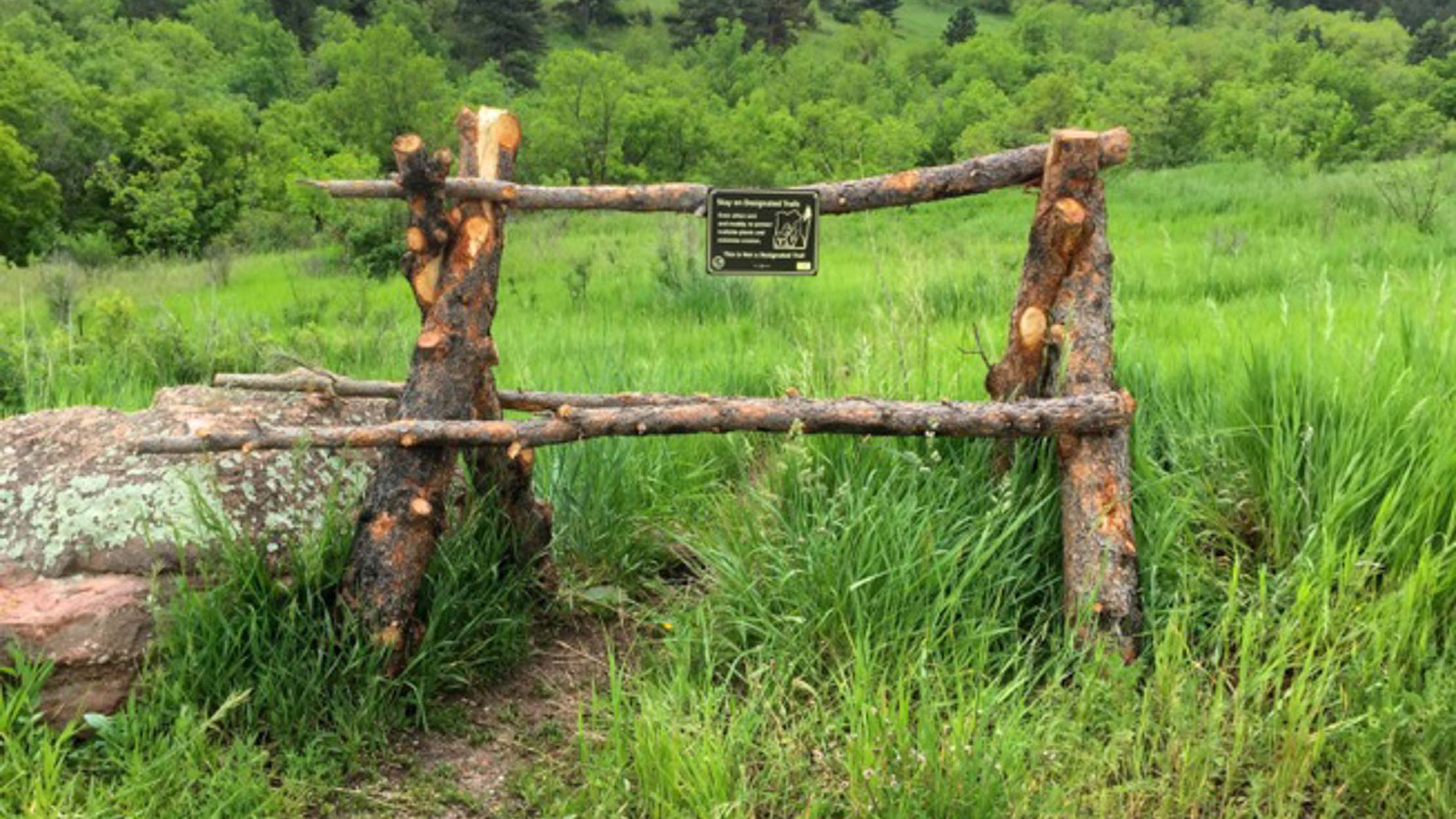Research
Undesignated Trail Use Study

Mitigating undesignated trail use: The efficacy of messaging and direct site management actions in an urban-proximate open space context
Abstract
The use and creation of undesignated recreational trails can lead to erosion, vegetation damage, unsafe trail conditions, and impacts to local wildlife. The mitigation of undesignated trail use is typically addressed indirectly through minimum impact visitor education programs such as Leave No Trace, or directly through closures or sanctions. In this study, researchers collaborated with City of Boulder, Colorado Open Space and Mountain Parks (OSMP) staff to develop a quasi-experimental field study that examined the effectiveness of indirect (messaging) and direct (barriers) management approaches to mitigating undesignated trail use. The study applied a theory of planned behavior framework, utilized Leave No Trace messaging, and employed a method to pair survey and direct observation data. A total of 2,232 visitor parties were observed, and 147 surveys were collected. The combined direct (barrier) and indirect (messaging) intervention was the most effective at mitigating undesignated trail use. Implications for management and future research are discussed.
Citation
Lawhon, B., Taff, B. D., & Schwartz, F. (2016). Undesignated Trail Management and Messaging Study Report. The City of Boulder, Department of Open Space and Mountain Parks. Boulder, Colorado.
